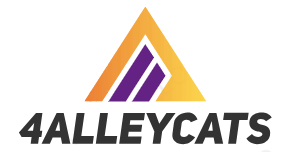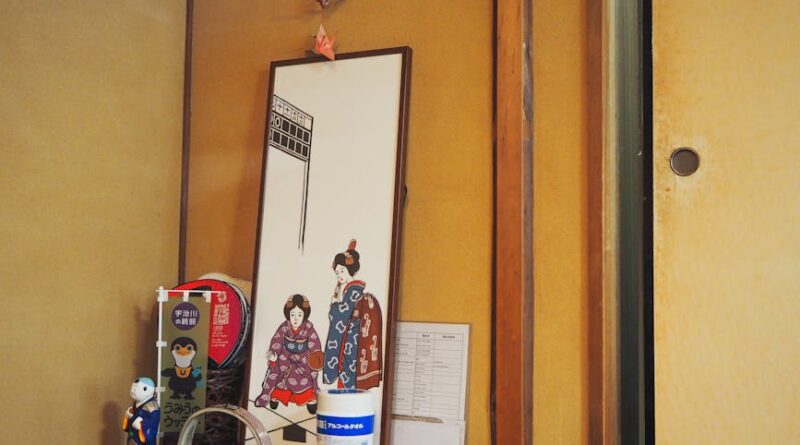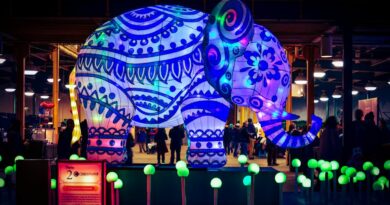Exploring the Power of Regional Art Partnerships
Art has the incredible ability to connect people, transcend boundaries, and inspire change. In the world of art, collaborations and partnerships play a vital role in fostering creativity, innovation, and cultural exchange. One such form of collaboration that has been gaining prominence in recent years is regional art partnerships. These partnerships bring together artists, organizations, and communities from different regions to create, promote, and celebrate art in all its forms.
But what exactly are regional art partnerships? How do they function, and what impact do they have on the art world and beyond? In this comprehensive guide, we will delve deep into the world of regional art partnerships, exploring their significance, challenges, and potential for the future.
The Evolution of Regional Art Partnerships
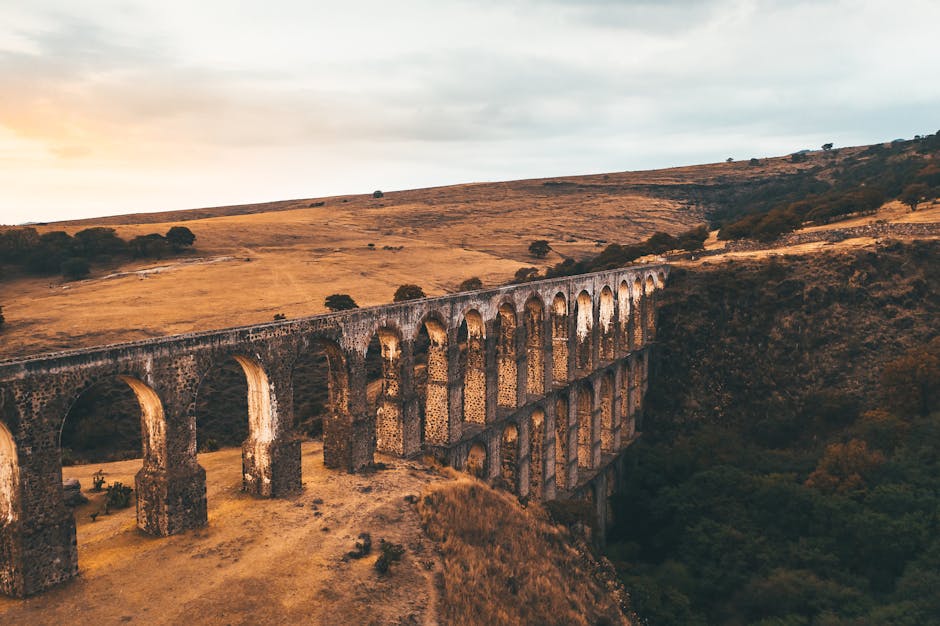
Regional art partnerships have a rich history rooted in the idea of collaboration and mutual support. In the past, artists and art organizations often worked in isolation, limiting their reach and impact. However, as the art world has become more interconnected and globalized, the need for collaboration across regions has become increasingly apparent.
One of the earliest examples of regional art partnerships can be seen in the European art scene during the Renaissance period. Artists from different regions, such as Leonardo da Vinci from Italy, Albrecht Drer from Germany, and Hieronymus Bosch from the Netherlands, often collaborated on projects, exchanged ideas, and inspired each other’s work.
Fast forward to the present day, and regional art partnerships have taken on a new significance in a world that is more connected than ever before. Artists and organizations from different regions now come together to share resources, expertise, and creative vision, leading to the development of innovative projects and initiatives that transcend geographical boundaries.
The Benefits of Regional Art Partnerships
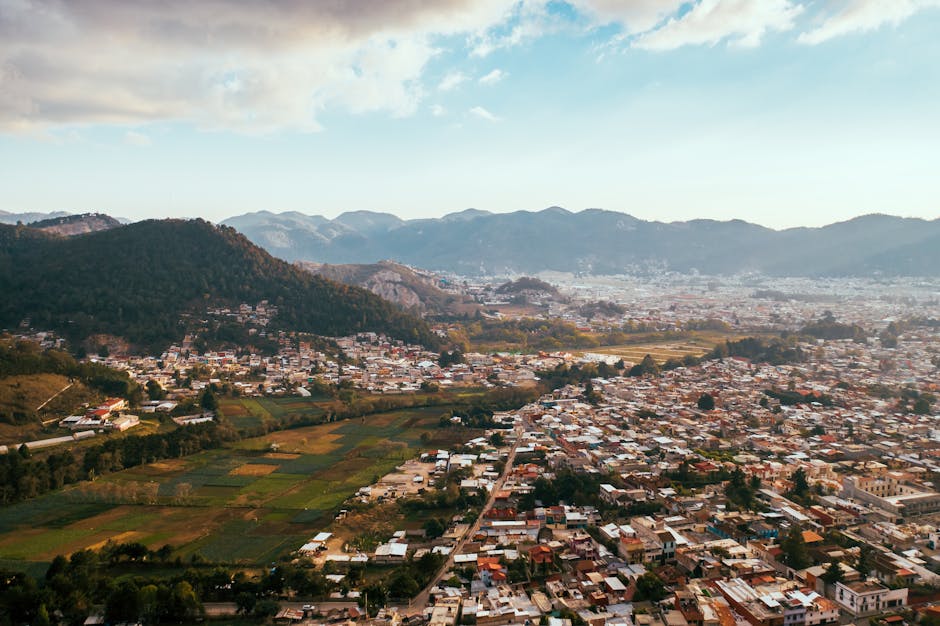
Regional art partnerships offer a wide range of benefits for artists, organizations, and communities. By working together across regions, artists can access new markets, audiences, and opportunities for collaboration. Organizations can pool their resources and expertise to support artists and promote cultural exchange. Communities can benefit from increased access to art and cultural events, fostering creativity, diversity, and social cohesion.
One of the key benefits of regional art partnerships is the opportunity for artists to showcase their work to new audiences. By collaborating with artists and organizations from different regions, artists can reach a wider audience and gain exposure in new markets. This not only helps to promote the artist’s work but also contributes to the diversity and richness of the artistic landscape.
Another benefit of regional art partnerships is the opportunity for artists to collaborate on projects that transcend geographical boundaries. By bringing together artists from different regions, these partnerships can lead to the development of innovative and culturally rich projects that reflect the diversity and interconnectedness of our world.
Real-life Examples of Regional Art Partnerships
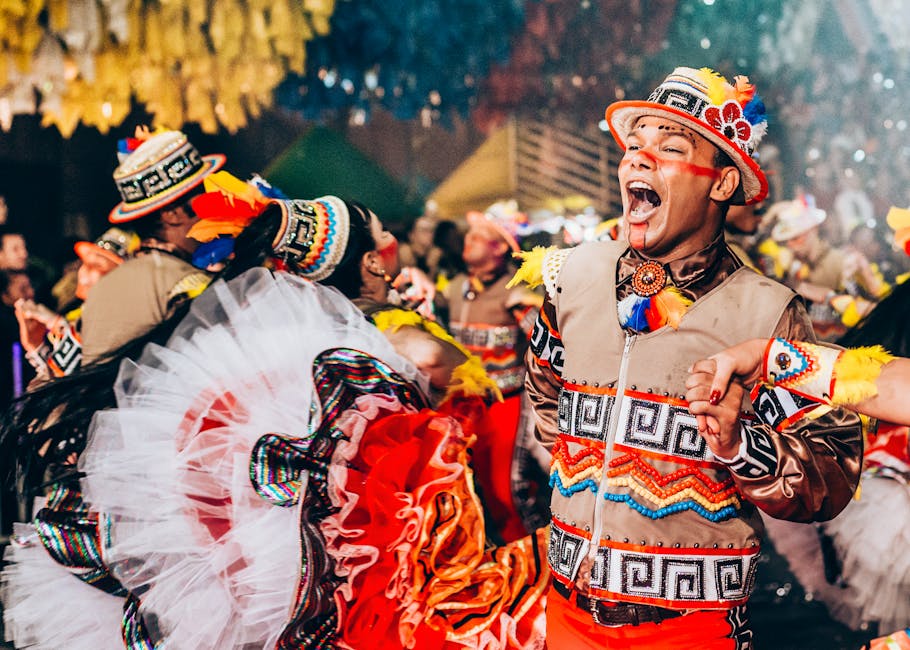
To illustrate the impact and potential of regional art partnerships, let’s take a look at some real-life examples of successful collaborations:
1. Mural Project: In cities around the world, artists are coming together to create vibrant and meaningful murals that celebrate local culture, history, and identity. These mural projects often involve artists from different regions who bring their unique perspectives and styles to the collaboration, resulting in stunning works of art that serve as a testament to the power of regional art partnerships.
2. International Art Festival: Every year, an international art festival brings together artists from various regions to showcase their diverse and innovative artworks. This festival not only provides a platform for artists to exhibit their work but also fosters cultural exchange, collaboration, and dialogue among artists, organizations, and audiences from around the world.
Challenges and Controversies Surrounding Regional Art Partnerships

While regional art partnerships offer a host of benefits, they also come with their own set of challenges and controversies. One of the main challenges is the logistics of coordinating collaborations across regions, including issues related to funding, communication, and cultural differences. Artists and organizations involved in regional art partnerships must navigate these challenges to ensure the success and sustainability of their projects.
Another controversy surrounding regional art partnerships is the issue of cultural appropriation. When artists from different regions collaborate on projects, there is a risk of one culture appropriating or misrepresenting the culture of another. This can lead to tensions, misunderstandings, and backlash from the affected communities. Artists and organizations must be sensitive to these issues and strive to create collaborations that are respectful, inclusive, and mutually beneficial.
The Future of Regional Art Partnerships
As the art world continues to evolve and become more interconnected, the future of regional art partnerships looks bright. These partnerships have the potential to foster creativity, innovation, and cultural exchange on a global scale. By bringing together artists, organizations, and communities from different regions, regional art partnerships can create a more diverse, inclusive, and vibrant artistic landscape that reflects the richness and complexity of our world.
It is crucial for artists, organizations, and policymakers to support and invest in regional art partnerships to ensure their continued success and impact. By working together across regions, we can harness the power of art to inspire change, promote diversity, and build bridges between cultures and communities. The future of art is collaborative, inclusive, and regionally diverse, and regional art partnerships are at the forefront of this exciting new era.
Expert Opinions
To gain further insights into the world of regional art partnerships, let’s hear from some experts in the field:
“Regional art partnerships are essential for fostering creativity, diversity, and cultural exchange in the art world. By bringing together artists from different regions, these partnerships can create a more dynamic and inclusive artistic landscape that reflects the complexity and richness of our globalized world.” – Art Curator
“As an artist involved in regional art partnerships, I have had the opportunity to collaborate with artists from diverse backgrounds and cultures. These collaborations have not only enriched my own practice but have also opened my eyes to new ideas, perspectives, and ways of working. Regional art partnerships have the power to transform the art world and create lasting connections between artists, organizations, and communities.” – Visual Artist
Conclusion
To wrap things up, regional art partnerships are a powerful force for creativity, innovation, and cultural exchange in the art world. By bringing together artists, organizations, and communities from different regions, these partnerships have the potential to create a more diverse, inclusive, and vibrant artistic landscape that reflects the richness and complexity of our world.
As we look to the future, it is essential for artists, organizations, and policymakers to support and invest in regional art partnerships to ensure their continued success and impact. By harnessing the power of art to inspire change, promote diversity, and build bridges between cultures and communities, regional art partnerships can shape the future of art in a collaborative, inclusive, and regionally diverse manner.
So let’s celebrate the power of regional art partnerships and continue to explore the possibilities, connections, and creative collaborations that they offer. The future of art is bright, diverse, and interconnected, thanks to the transformative potential of regional art partnerships.
